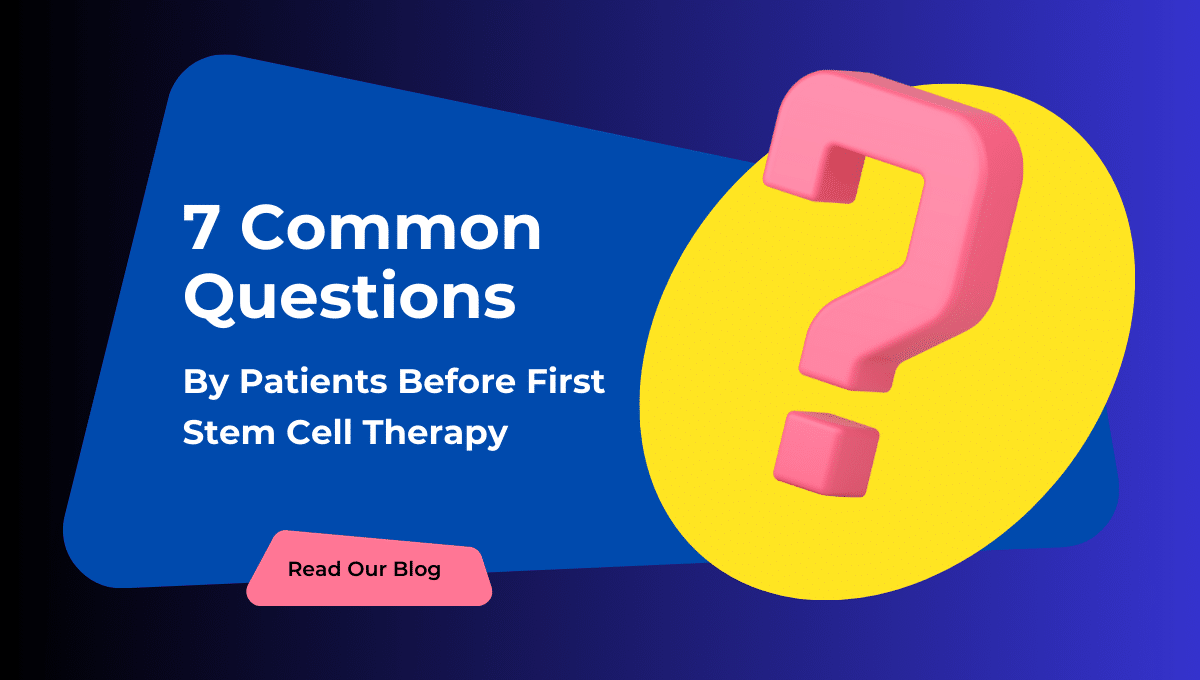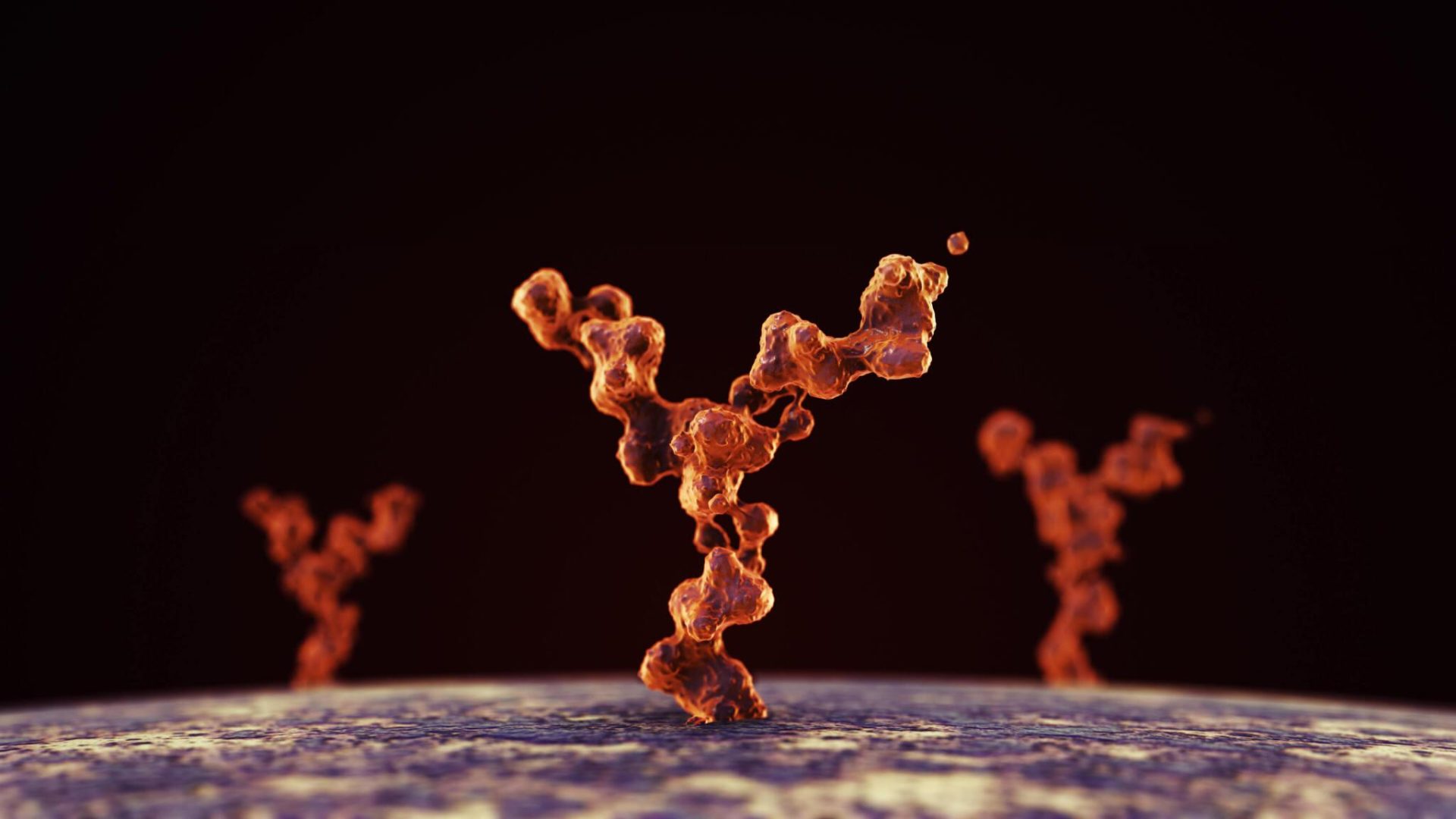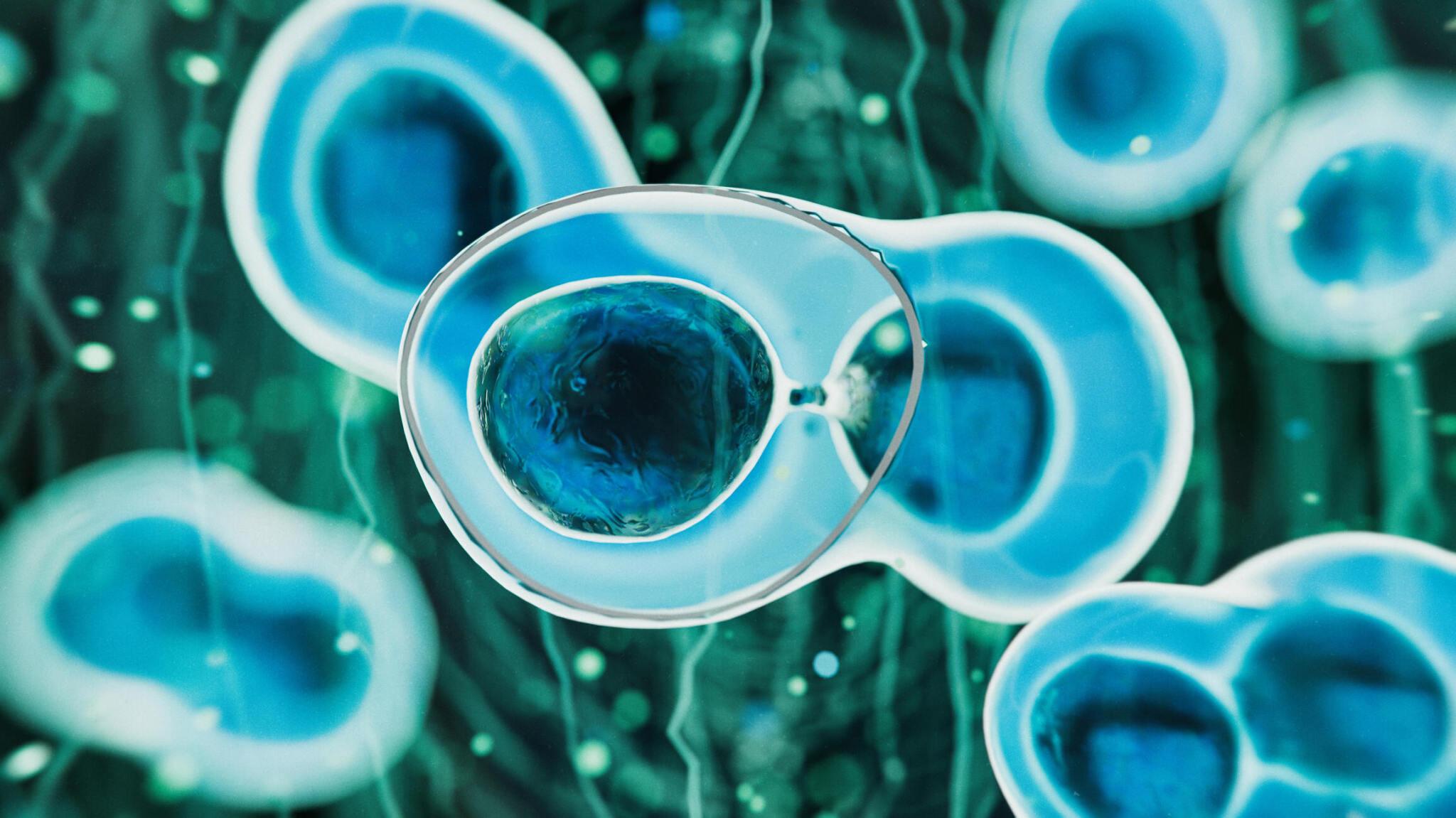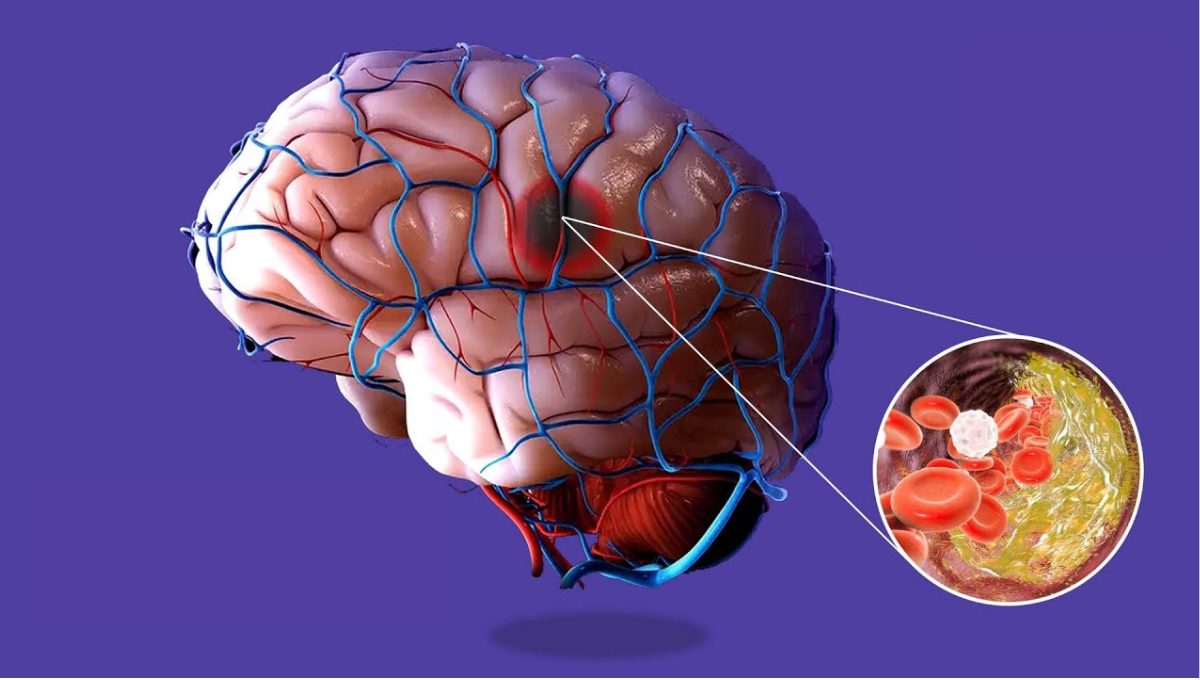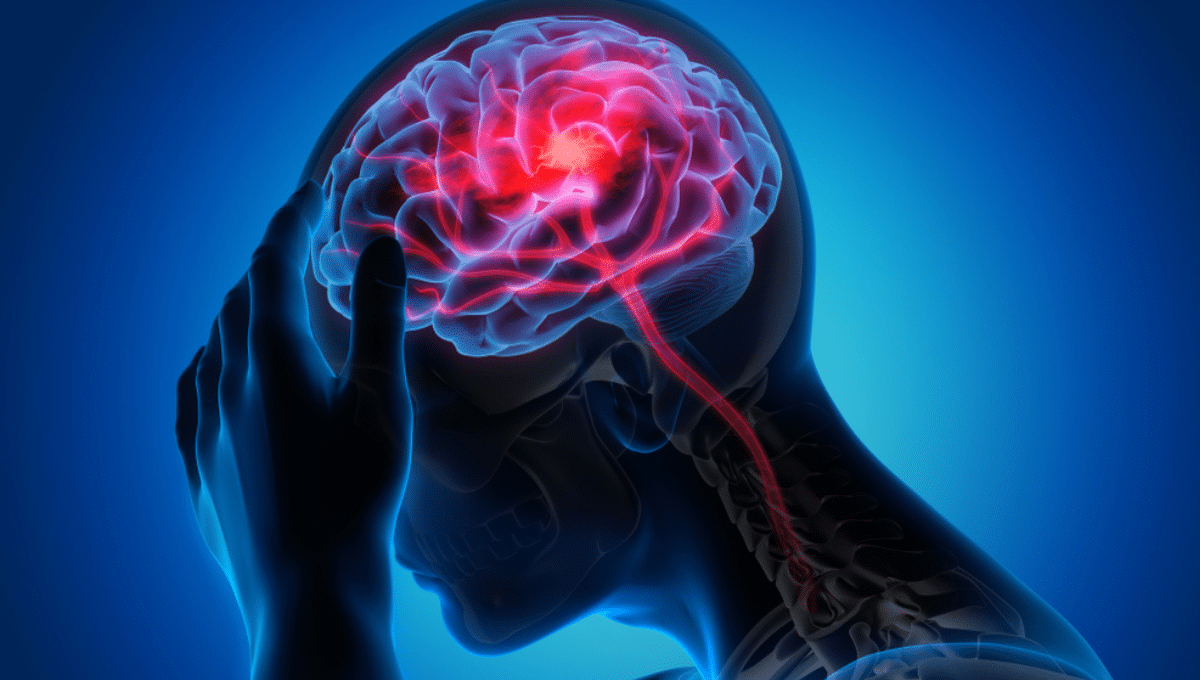- Home
- About Us
- Book Appointment
- Treatments
- Alzheimer’s Disease
- Anti-Aging
- Autism
- Autoimmune Disorders
- Back Pain
- COPD
- Crohns Disease And Ulcerative Colitis
- Erectile dysfunction and Penis enlargement
- Fibromyalgia
- Hip Pain
- Knee Pain
- Lupus
- Lyme Disease
- Multiple Sclerosis
- Muscular dystrophy
- Parkinsons Disease
- Peripheral And Diabetic Neuropathy
- Post Cancer Treatments
- Post Stroke Recovery
- Psoriasis
- Rheumatoid Arthritis
- Shoulder Pain
- Join The Club
- Aesthetics
- Blog
- Contact Us
Both surgeries and stem cell treatment relieve patients from several diseases and injuries. However, sometimes surgeries can worsen the patient’s condition before they treat the pain. Contrarily, a single injection of stem cells could be enough for a certain disease based on the patient’s condition. Similarly, treating a certain condition or situation with stem cells is not always possible.
More than $15 billion is spent on stem cell treatment and research purposes in 2024. The minimally invasive interventions and the success rate of the treatment make it a popular healthcare option for millions of patients worldwide.
Stem cell therapy reduces 90 percent of knee pain for osteoarthritic and rheumatoid arthritic patients.
Stem cells are a type of regenerative medicine that promotes immunomodulatory and anti-inflammatory actions of the body apart from regenerative damaged tissues and cells.
Surgeries are an invasive procedure. Doctors perform instrumental incisions to diagnose, treat, or remove a particular site of injury or disease.
Surprisingly, nearly 310 million surgeries are performed annually. Out of this, around 50 million major operations happen in the US. More importantly, around 15 percent of the patients who undergo surgeries for critical diseases have a high chance of mortality.
Surgeries and stem cell therapy have unique benefits. Also, both methods use different treatment approaches.
In contrast to the billions of dollars spent on stem cell therapy, more than $3 trillion will be spent on surgical procedures in 2024.
On the bright side, stem cell therapy can be used as an alternative treatment to more holistically and painlessly cure all the conditions mentioned above.
In this blog, we will discuss the differences in cost, recovery time, and efficiency of each healthcare option.
Table of Contents
Complete Insights into Stem Cell Therapy
Stem cells naturally exist in the body of all individuals. These cells are extracted in a laboratory setting for utility in treatment purposes. The cells have two distinct properties. It can differentiate, transform, and multiply into various types of cells.
The nerves, lymphatics, and blood vessels cannot be manipulated during stem cell therapy. This minimally invasive method only utilizes a needle for administration. The risks, complications, and recovery time related to post-surgical methods are considerably reduced.
Moreover, stem cells promote self-healing through cell transformation. Additionally, stem cells multiply to heal a specific illness or injury. Most importantly, stem cells are essential to repair and maintain tissues in case of injuries. Curable diseases include –
- Diabetes – This is a condition where the blood sugar levels of the patient significantly increase due to reduced or no insulin production. The limited supply of insulin directly increases blood sugar levels. Furthermore, it invites a wide range of additional diseases. Mesenchymal stem cells regenerate islet cells. These cells promote insulin production. 80 percent of diabetic patients treated with stem cell therapy are living an improved life.
- Autoimmune disorders –This type of diseases surface when the body’s immunity system starts to attack the healthy organs and cells. Common autoimmune disorders include rheumatoid arthritis, psoriasis, Crohn’s disease, and lupus. Stem cell therapy accelerates the production of anti-inflammatory agents, monocytes, and T-regulatory cells to protect against autoimmune conditions.
- Multiple sclerosis – The immunity system attacks the healthy cells of the nervous system. It is caused due to the depleted myelin sheath that protects the nerve fibers between the brain and the spinal cord. Muscle spasms and speech or sensation problems are common symptoms of this disease. MSCs assist in remyelination and remove the symptoms of multiple sclerosis such as seizures.
- Parkinson’s disease – This is a neurological disease affecting the dopamine-producing neurons in the brain. Impaired body coordination and permanent loss of mobility are some of the chronic symptoms of this disease. Mesenchymal stem cells repair the damaged neurons, improve body balance, restore cognitive abilities, and enhance mobility.
- Spinal cord and joint injuries – Joint injuries in the knees, shoulders, back, or the hip can disrupt daily life and activities. It causes severe pain in the affected region and limits mobility. Rheumatoid arthritis, osteoarthritis, and injuries are the primary reasons for this type of pain. In extreme cases of joint pain, patients become dependent on others. Additionally, spinal stenosis is a disease that narrows the spinal canal carrying the nerves to the spinal column. The spinal cord and nerves are pressurized when the spinal canal narrows. MSCs offer a regenerative solution to heal such conditions with a minimally invasive treatment. Stem cell therapy for spinal cord damage and arthritis treatment self-heals joint cartilages and enables patients to return to regular life at the earliest. It allows the patient to avoid painful knee replacement surgeries.
The technology to assist stem cell therapy has progressed and more and more patients are influenced due to the effectiveness of this therapy.
Read Also: Stem Cell Therapy: A Revolutionary Alternative to Invasive Surgery
Commonly, human umbilical cord tissue-derived (Wharton’s Jelly) mesenchymal stem cells (HUCT-MSCs) are used for the treatment. These cells are derived from the umbilical cords of newborn babies. MSCs are multipotent. It promotes immunity system regulation and protects the body from the autoimmune diseases. Furthermore, the inflammatory actions are significantly reduced once MSCs are administered. The cells migrate to the desired location to promote the regeneration method and actively multiply or differentiate into other types of stem cells that are damaged due to a disease or injury.
Diagnosis for Stem Cell Therapy
The stem cell expert conducts a thorough analysis of the patient’s condition to determine the eligibility for the therapy. It helps to create an ideal treatment plan for the patient. Let us go through the different factors to confirm a stem cell therapy for your condition –
- Age, weight, height, gender
- Medical condition
- Pre-existing diseases
- On-going medication
- Genetic problems
- Dietary habits
- Previous record of surgeries
Methods of Administration
Check out the 3 different ways in which stem cells are given to patients –
- Intravenous (IV) – The stem cells are introduced into the body through the veins in this type of method and the administration process is completed within 20-30 minutes.
- Intra-articular (IA) – Frequently used to treat arthritis-related conditions, stem cells are injected directly into the joints in this type of method.
- Intramuscular (IM) – In this type of method, the MSCs are injected directly into the muscle tissues of the patient.
Promises of Stem Cell Therapy
Stem cell therapy has innumerable benefits. It can treat several diseases effectively with minimal recovery time. Some of the noteworthy effects of stem cell treatment are –
- Regenerates healthy tissues and cells
- Repairs joint tissues
- Creates new neurons in the brain
- Removes Amyloid plaque from brain cells
- Promotes the paracrine activities or cell-to-cell communication
- Restores the body’s self-healing potential
- Enhances the regeneration of red blood cells, white blood cells, and platelets
- Alleviates pain related to back, hip, shoulder, and knee
- Improves angiogenesis or new blood vessel formation
- Forms the connective tissue and membrane to rebuild healthy air sacs surrounding the lungs
- Suppresses the activities of inflammatory T and B cells
- Secretes cytokines and matrix molecules
- Reverses conditions of infertility
- Raises the body’s ability to fight bacterial diseases
- Reduces scars and burn marks on the skin
- Boosts the production of Th1 and Th17 lymphocytes to fight pathogens
- Organic regeneration of stem cells
- Ensures neurogenesis or the rapid regrowth of neurons and nerve cells
- Stem cells assist in post-cancer treatment and post-stroke recovery
Cost of Stem Cell Therapy
Several factors determine the stem cell therapy costs. Identifying the different factors helps to prepare an ideal treatment plan for the patient. Some of the factors include –
- Patient’s weight, height, and age
- Medical histories
- Existing disease or injury
- Extent of disease or injury
- Administration procedure
- Dosage of stem cells needed
- Uncontrolled factors that can develop aside from the original disease
Assessing these conditions helps to prepare an accurate budget for stem cell treatment. Since the severity of a disease or injury varies from one person to another, there are no fixed costs for treatment.
Overview of Surgeries
Surgery is a manual procedure to wear and tear the skin and manage injuries or diseases. Several devices are used during surgery to detect the blood pressure level, oxygen level, and heart rate. Additionally, local or complete anesthesia is mandatory before performing a surgery. All incision materials are carefully sterilized before it is put to application. Patients need to be hospitalized to carry out surgeries. The affected tissues and obstructive materials within the body that prevent the regular functioning of the organs are altered surgically. Additionally, there are surgical methods to completely replace a damaged organ. Furthermore, surgeries may be necessary to input electronic implants into the body to assist the normal functioning of associated organs.
The cost of surgeries is usually very high depending on the type of treatment required and the severity of the patient’s condition. Additional factors impact the costs related to surgeries. The doctor’s charges, hospital charges, and surgical instruments are essential factors contributing to the costs of an operation.
There are different types of surgeries to address specific conditions. For example, plastic surgeries are performed to treat skin-related issues. Similarly, heart surgeries address issues related to the heart. Orthopedic surgeries treat the pain associated with knee, back, hip, and shoulder-related conditions.
Surgical Categories
There are 4 categories for surgeries. These include –
- Wound Treatment – It is a minimally invasive treatment method for healing wounds. Stitching is a common type of wound treatment for cuts and tears on the skin. This type of surgery does not require anesthesia and can be performed on an outpatient basis without hospitalization. Normal stitches dissolve within 7-10 days while doctors manually remove complex surgical stitches after 3-4 weeks from the surgery.
- Extirpative Surgery – This type of surgery is performed to remove disease-affected tissues or organs from the body. Hospitalization, anesthesia, and incisions are mandatory in this type of treatment. The most prevalent procedures within this category include hysterectomy (removal of the uterus) and cholecystectomy (removal of the gallbladder).
- Reconstructive Surgery – A type of treatment to replace lost or damaged tissues. These surgeries are performed to restore or rebuild parts of the body that are badly affected by injuries, birth defects, or diseases. Prostheses or artificial elements are introduced into the body in this type of surgery. For example, a metal is used to replace a broken hip joint. Incision, hospitalization, and anesthesia are mandatory in this type of intervention. The rate of success for surgeries varies from one patient to another depending on their condition. For example, ligament reconstruction surgeries have a 95 percent success rate while microsurgical free tissue transfer process has more than 90 percent success rate.
- Transplantation Surgery – A surgical process to transfer a healthy organ from a donor’s body into the patient’s body through incisions. It includes the removal of a defective organ. Kidney transplantation is a common type of intervention in this category.
Common Surgical Practices
Here is a list of the most common surgical procedures for treating a wide range of illnesses –
- Appendectomy – A small tube branching out of the appendix is subject to acute inflammation due to appendicitis infection. The appendix is removed from the body in this type of surgery for long-term relief and prevention of the disease in the future. These surgeries have an overall success rate of 95 percent.
- Cataract surgery – This is a layer on the lens of the eyes that gives hazy and dull vision. The layers are removed from the surface of the eye in this type of surgery. It helps to restore the normal vision of the person. It has a high success rate of up to 99 percent.
- Cesarean Section – Popularly known as C-section, this is a surgery to deliver babies in case a female is unable to give birth naturally. An incision is performed to cut open a female’s abdomen and the uterus. In this type of surgery, the rate of success differs from 60-80 percent.
- Coronary artery bypass – This is a surgical process who have coronary artery diseases or have blocked arteries in the heart. Veins from the leg or the chest are grafted to promote blood flow around the obstructed arteries during this type of surgery. 90 percent of these surgeries have a high success rate.
- Hysteroscopy – The uterus and ovaries are removed from females in this type of surgery. Laparoscopy is a common type of surgery for abdominal incisions. 92 percent of patients who went through this type of surgery are living a healthy life.
- Tonsillectomy – It is a surgical procedure to remove one or both tonsils from the back of the mouth. This may be necessary in case the patient develops parathyroid adenoma in the thyroid glands or has frequent infections of the tonsils.
- Prostatectomy – This is a surgical process to remove the prostate gland in men due to benign prostatic hyperplasia, cancer, or gland enlargement. Robotic surgery is the latest treatment method to completely remove prostate cancer from 95 percent of the male population.
Common surgical specialties include general surgery, neurosurgery, orthopedic surgery, urology, and ophthalmology.
Stem Cell Therapy vs. Surgery: Major Differences
| Differential Points | Stem Cell Therapy | Surgery |
| Minimally Invasive | Yes (Incisions are not required) | No (Incisions may be required) |
| No Scars | Yes | Scarring is possible from incisions |
| Hospitalization | No need for hospitalization | Hospitalization is mandatory |
| Additional Medication | May not be required | Medication is mandatory for post-surgical recovery |
| Recovery Time | Ability to resume regular activities in a week
|
Takes 1-2 months after surgery to get back to regular life |
| Physical Therapy | Essential for 2-3 weeks | Maybe required for more than a month |
| Risks and Complications | No notable risks or side effects | High risks and serious complications |
| Insurance Coverage | Uncovered by medicare | Covered by Medicare based on the nature of the surgery |
| Treatment Expenses | Patients are solely responsible for all treatment payments. The costs are comparatively lower than surgical methods. | Insurance provider companies can make payments for surgeries. Have higher treatment costs compared to stem cell therapy. |
| Additional Treatment Options | There are backup plans in case the therapy does not work. | Lack of backup or alternative methods in case of surgical failures.
|
| Current Global Market Size | $15 billion | $3 trillion |
| Numbers of… | Undefined | 310 million in 2024 |
| Treatment-Related Pain | Minimum or Nil | High |
| Infections | Reduces the risk of infections due to immunomodulatory properties. | The risks of side effects and infections significantly increase post-surgery. |
| Specialty of Treatment | Can heal multiple conditions with proper treatment planning. | One surgery can only treat one condition at a time. |
Pros of Stem Cell Therapy and Surgeries
Advantages of Stem Cell Therapy
Stem cells have revolutionized the way of healthcare. Let us quickly go through the benefits of this type of treatment –
- Stem cells improve the body’s natural healing abilities. It actively replaces and repairs damaged tissues and cells.
- Stem cells are versatile and multipotent facilitating a wide range of treatments for various conditions.
- It is a minimally invasive therapy and the side effects are negligible.
- Stem cells can automatically slow down the aging process and curb the signs. Additionally, it evades the risk of aging-related diseases.
- The autoimmune and anti-inflammatory properties curb and fight pathological responses without any additional medical interventions.
Benefits of Surgeries
Surgeries are mandatory for treating diseases and injuries that are beyond the reparative capabilities of stem cells. For example, C-section and bypass surgery are essential if the patient is unable to deliver naturally or if they have gone into cardiac arrest. Noteworthy benefits of surgeries include –
- The surgical effects are long-lasting with proper care and restrictions.
- Orthopedic surgeries have a high success rate.
- Enhances joint mobility and offers a sense of independence for people who have been dependent on others due to physical restrictions.
- Due to the advancement in technology, several surgeries use minimally invasive techniques compared to general surgeries.
What is the Right Treatment for You?
It is ideal to go for surgeries when the self-healing abilities of the body are limited. Moreover, surgeries are essential if the treatment for the potential disease or injury has surpassed the reparative abilities of stem cells.
Furthermore, surgeries are effective if a disease has reached a final or advanced stage.
Regardless of the treatment method, it is pivotal to consult with a healthcare professional. They evaluate all clinical evidence to ensure the effectiveness of stem cell therapy or surgery. Additionally, they are adept at suggesting if a particular treatment is covered by any insurance plans or not.
Surgeries increase the risks of infections, take more recovery time, require additional care and post-surgical medicines, inflict pain and discomfort throughout the recovery period, cause untimely bleeding, and even pose a threat to damaged organs.
Contrarily, stem cell therapy has minimum-to-no risks. Furthermore, patients do not require additional medication or therapy once the treatment is administered. Additionally, stem cell therapy can treat multiple diseases or injuries at the same time while it is only possible to treat one condition at a time with surgical interventions.
Moreover, the success rate of surgeries greatly varies depending on the type of operation. Emergency surgeries increase the risk of mortality. Nevertheless, the rate of success for stem cell therapy is high for all types of treatment. The rate of success varies from 60-90 percent depending on the condition of the patient.
The Life Altering Stem Cell Therapy Institute in Mexico is an American-owned clinic treating more than 20 different conditions. We have the latest tools and technologies to impart stem cell therapy to eligible patients who are looking for a cost-effective and non-surgical treatment compared to painful surgeries.
Novel stem cell therapy is ideal for eliminating the root causes of diseases, reversing the symptoms, and offering long-term protection against the resurfacing of the condition.
Explore the benefits of each type of healthcare before settling for a treatment plan. Find out about the self-healing properties and low recovery time. Compare both types of treatment to see what fits your budget and requirements.



